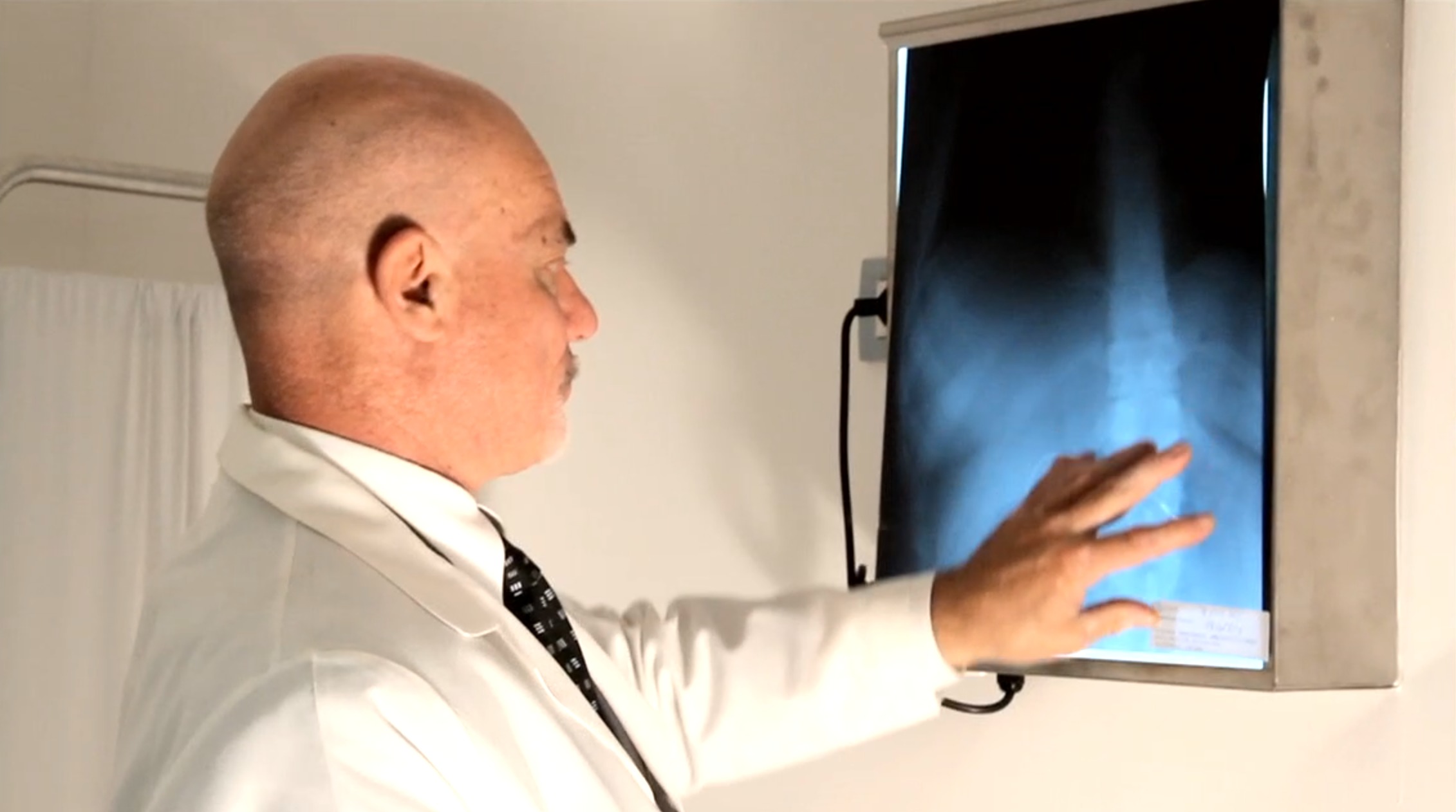Science of the Autonomic Nervous System
There is a body of evidence that strongly supports our approach to addressing functional diseases related to the metabolic syndrome and an imbalance in the autonomic nervous system (ANS). A functional disorder becomes a disease of the organ or of the body only if left untreated for a long period of time. The autonomic nervous system of a human works independently from the individual's will. Therefore, applying therapy to a functional disease must continue forever. However, a correct neurological balancing of the body's system can eliminate the need for chronic therapy and the side effects from drugs.
In the 1990s researchers began to examine the relationship between the sympathetic tone and parasympathetic tone of the ANS and several functional diseases (obesity, gastro-esophageal reflux disease (GERD), type-2 diabetes and hypertension) that are associated with the “metabolic syndrome”. Dr. Cigaina was an active participant in this research as he developed and commercialized the gastric pacemaker. His long experience on paced patients confirmed the general scientific observation that digestive functional diseases are characterized by an abnormal high sympathetic tone in the ANS.
It is now well accepted that the metabolic syndrome is closely related to an imbalance between the sympathetic and the parasympathetic tone, when the first is pathologically higher. Years of clinical work with paced patients brought Dr. Cigaina to speculate that the ANS can be tuned back into balance and various functional disorders can be solved. In addition, it has been established that the status of the ANS and the sympathetic and parasympathetic tones can be precisely measured through the study of heart rate variability (HRV).
HRV power spectral analysis is a well-established, noninvasive method, and provides a comprehensive quantitative and qualitative evaluation of the neuroautonomic function under various clinical and research settings.
Dr. Cigaina discovered that the metabolic syndrome could be addressed by directly sending a signal to the brain to increase the parasympathetic tone in order to rebalance the ANS. Through detailed research, Dr. Cigaina's scientific team was able to identify the precise signal to send to the brain to increase the parasympathetic tone.
MedAutonomic has developed an upper digestive endoscopic procedure to implant the Phoenix in under 5 minutes into the thickness of the stomach wall. We have successfully implanted our BNM into swine, and HRV measurement indicates that the device is sending a precise, dedicated signal to the brain.
The BNM definitively ends the age of “nervous stimulation” and introduces the new era of precise signaling to the brain. The BNM acts as an artificial neuron, producing an action potential of the gastric neuronal network cells. The digestive signals delivered to the brain adjusts the ANS by raising the parasympathetic tone. Using the stomach as the gateway, the BNM becomes part of the nervous system in a soft and nonaggressive manner.
In May 2016 members of the MedAutonomic team attended Digestive Disease Week and Dr. Cigaina presented our research. Download "Upper Endoscopic Procedure for the Gastric Brain NeuroModulator Implant, First Experience" HERE.
Download MedAutonomic's white paper,
"MedAutonomic's Brain NeuroModulator: A Brief Summary of the Fundamental Science and Research" HERE.
Access some relevant research papers HERE.





